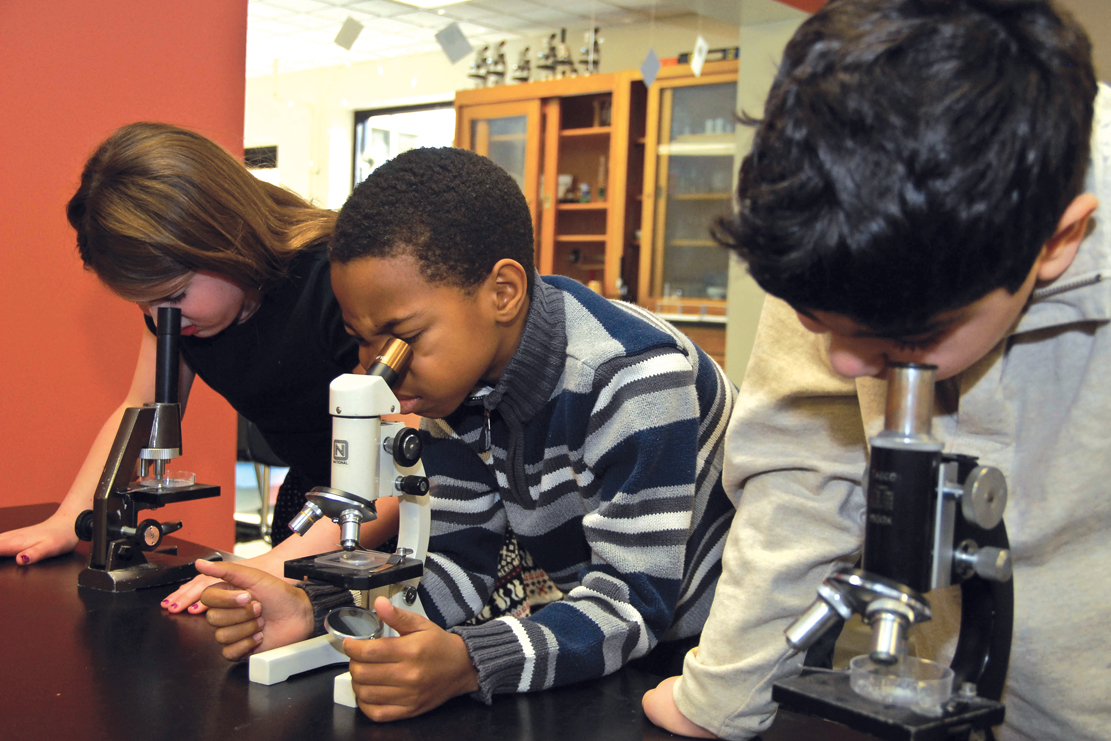To remain relevant, 21st Century classrooms demand the addition of technology in everyday assignments and projects. There are an endless amount of ways to integrate technological resources into each subject area, and doing so can help to Engage, Enhance and Extend student learning. But what do those three E's really mean?
Engaging students using technology requires motivation and excitement. Engagement is creating ways for students to become engulfed in their work, completely focused and excited about the outcomes. Engaging school work should keep students on track, and change the learning style from passive to active (Keren-Kolb, 2013).
Technology has greatly advanced over the past decade, and playing computer games related to scholastic material no longer makes the cut as being 'engaging' for students. Currently, there are two ways to categorize student engagement while using technology. The first is adaptive, and the second transitional. "Defining Student Engagement With Technology" defines adaptive engagement to be demonstrating the same knowledge and skills, just adding a technological component. For example, students who are used to giving presentations and making posters can now do so using PowerPoint, Prezi, Glogster, etc. On the other hand, transitional engagement is transitioning into the digital era, often using higher levels of thinking skills. An example of transitional engagement is using Googledocs to not only write a paper, but to collaborate and evaluate the work with peers. Transitional engagement is ideal when utilizing technology, because it requires more effort, focus, and problem solving skills (Fijor, 2010).
Enhancing student learning increases the level of content knowledge by using tools, such as technological resources. By adding technology into learning, students will be able to comprehend information easier and faster than they would without it. Jenny Wong, in her article about technology, talks about how technology "Allows students to develop editing skills. Encourages critical thinking skills by providing supplementary information," and "Familiarizes students with alternative methods of communication methods of communication needed in the professional world." Integrating technology in the classroom will better prepare students for the types of jobs that will be available when they enter the professional world (Wong, 2010).
The following video is a brief look at some basic ways to begin integrating technological resources into the elementary classroom. It talks mainly about the use of iPads, and how students can use them to explore and collaborate with one another. Having all types of information accessible is extremely helpful, and using iPads for assessment can give students immediate feedback.
Since technology is becoming such a big part of our everyday lives, creating ways to productively use it in the classroom will help merge school learning with real world experiences. Technology is something that is ever-changing and ever-growing, using it in lessons will help students grow as life-long learners. Merging technology with the regular curriculum helps to extend knowledge beyond the school day, and the techniques students develop in the classroom will help them throughout the rest of their school years and beyond.
References
Fijor, M. (2010). Defining student engagement with technology. New School Technology. Retrieved
from http://www.newschooltechnology.org/2010/04/defining-student-engagement-with-technology/
Keren-Kolb, L. (2013). Engage, enhance, and extend student learning. Learning & Leading with Technology.
Roberson, Jaclyn. (2011, August 16). iPads in the classroom. Retrieved on September 4, 2013. From http://www.youtube.com/watch?v=xbcoDIONJaE
Technorati. Retrieved from http://technorati.com/technology/article/technology-enhancedlearning-
provides-students-with/







